The mayor of the city of Gülchö, Nursultan Tajibaev, announced that the streets Alymbeka-datka and...
OJSC "Electric Stations" announced the recognition of the tender for the EPC contract for...
In accordance with the new master plan for the capital of Kyrgyzstan, the creation of a southern...
As part of the overall development plan for Bishkek until 2050, a significant modernization of the...
The mayor's office of the capital of Kyrgyzstan, Bishkek, continues to work on the cable car...

According to Syrgabaev, the project is being implemented with the support of China, Kyrgyzstan,...

It will connect the routes around the capital Construction of a bypass road is planned in the...

As part of the strategy for the decentralization of Ulaanbaatar and support for balanced regional...
The railway connecting China, Kyrgyzstan, and Uzbekistan may be completed two years ahead of...
In December of this year, a waste disposal plant and two plants for processing slag and lime will...
The Bishkek City Hall presented the draft of a new master plan for the capital on October 26....

The length of the new highway 'Almaty – Issyk-Kul' will be 280 kilometers. These figures...
The Kyrgyz Football Union has announced the launch of a project to create a Sports Medicine and...
According to the draft general plan for Bishkek until 2050, it is proposed to significantly...
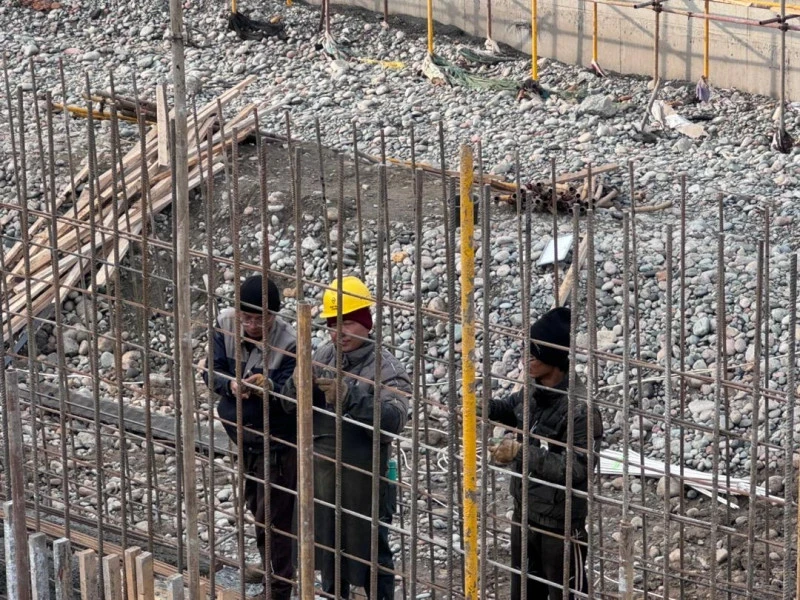
The Bishkek City Hall reported on the ongoing reconstruction work of the bridge on Jibek Jolu...
Construction of a reservoir for irrigating trees and flowers has started in Manas. Turmush — This...
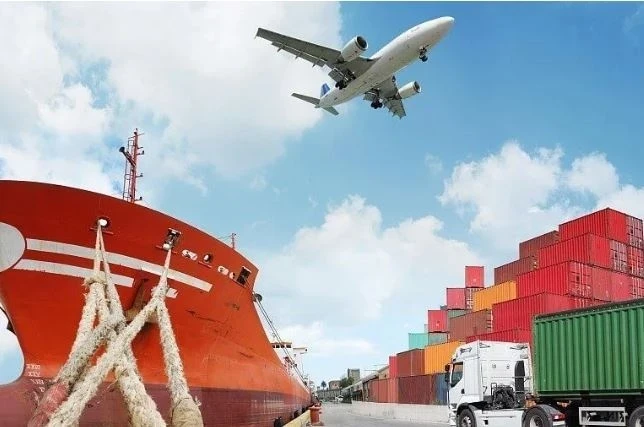
In his article, Belov pointed out that significant changes occurred in the freight transportation...

Based on the Resolution of the Ministry of Transport of the USSR No. 631 dated May 13, 1958, the...
In the Altyn-Beshik residential area, the construction of a new kindergarten will begin, as...
A new building for the Young Technicians Station is actively being constructed in Bishkek at 144...
The master plan project for Bishkek, which will be in effect until 2050, presents a concept for the...
In a live broadcast on October 5, the akim of the First May District, Ulan Sarylbek uulu, announced...
In Naryn, the asphalting of 7.6 kilometers of the central Lenin Street has been completed, reports...

The city administration has announced the completion of the design for 78.5 km of bike paths,...
- In the Talas region, where work is underway to lay a concrete surface on the "Big...
The Cabinet of Ministers of Kyrgyzstan has decided to exempt from customs duties the goods...
A multifunctional sports facility is being constructed in Maevka. This was reported on October 24...
In Manas, on the territory of the old airport, the construction of a new stadium is planned, as...
In the capital district of Ak-Ordo, the construction of a new school for 750 students has begun, as...
At the online event dedicated to the opening of the second international exhibition of logistics,...
In the village of Syrt, located in the Aravan district of the Osh region, the construction of a new...

Transport activities and cargo storage. In January-June of this year, the volume of cargo...
In Bishkek, in the area of the "TSUM" shopping center, the construction of a large...
In Ak-Kokkor, located in the Jeti-Oguz district of the Issyk-Kul region, the construction of a new...
Energy expert Mirbek Mamatov reported on the radio that Kyrgyzstan has been financing preparatory...
Daiyrbek Orunbekov, head of the president's information policy service, commented on the...
According to him, all necessary projects have already been completed, and an expert evaluation is...
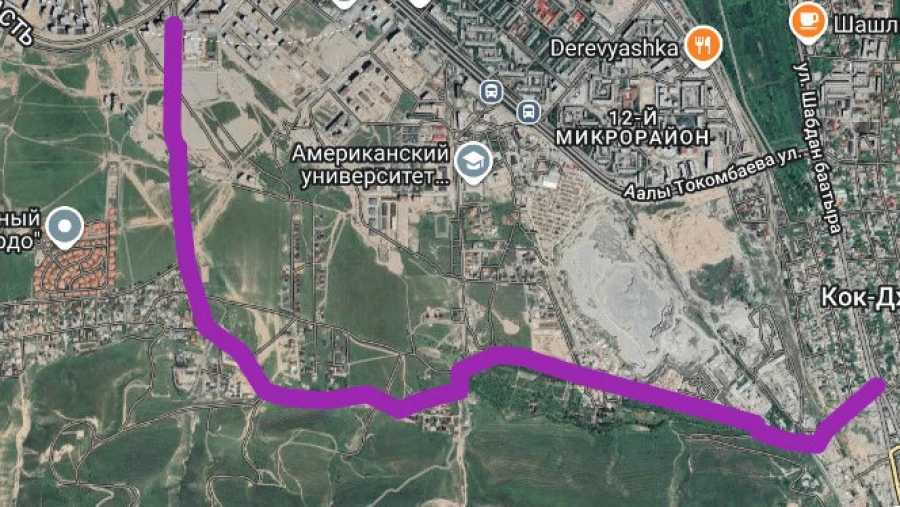
“This will provide a temporary solution; interchanges of different levels are necessary”...
The construction of the "Aleika" park in Kadamzhai is nearing completion, according to...
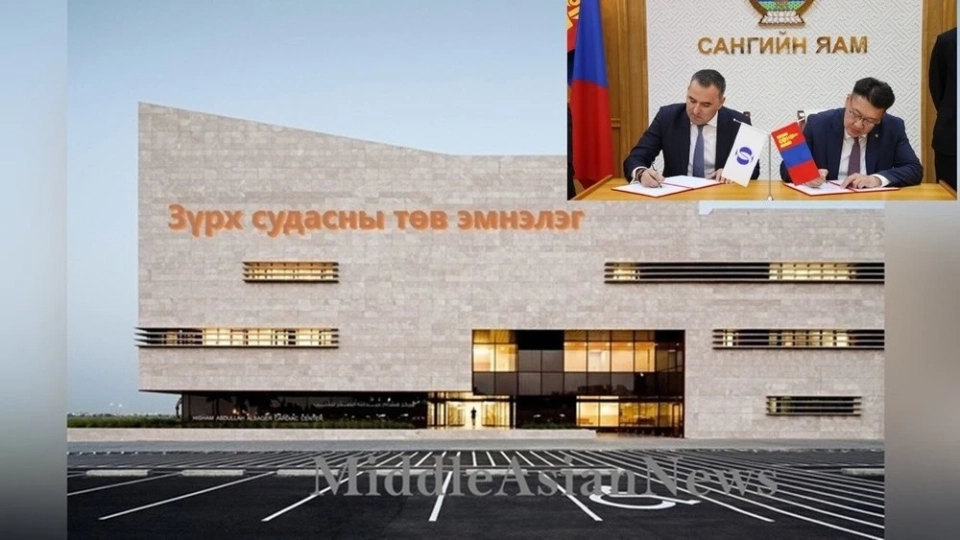
[b]EBRD has allocated a loan of up to US$ 34.9 million for the establishment of a cardiac...
In the village of Jany-Jer in the Batken region, the construction of a new educational institution...
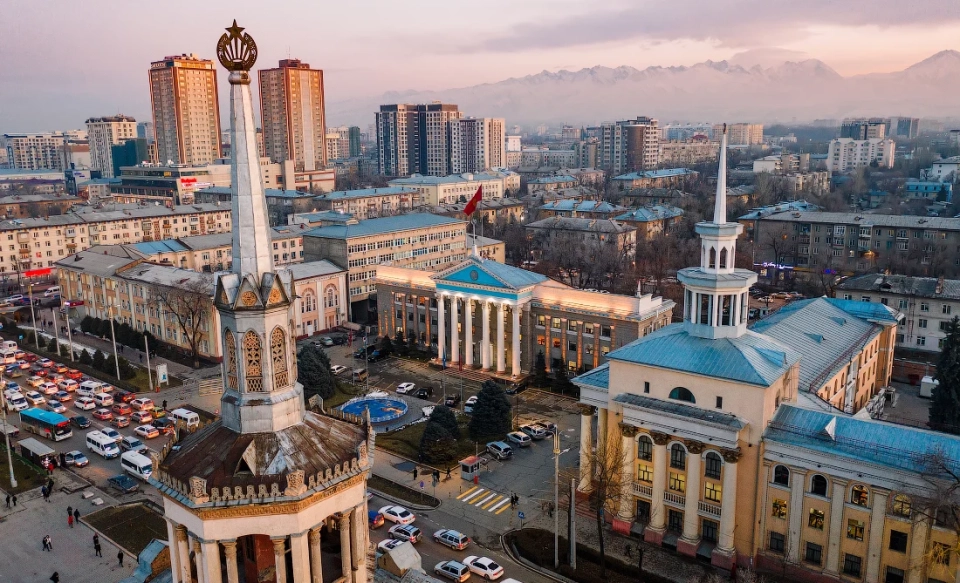
The general development plan for Bishkek, projected until 2050, aims to create three new rapid...
In the city of Osh, the construction of a two-level road interchange at the intersection of G....

Population of Kyrgyzstan Thanks to the fundamental changes that occurred in Kyrgyzstan after the...